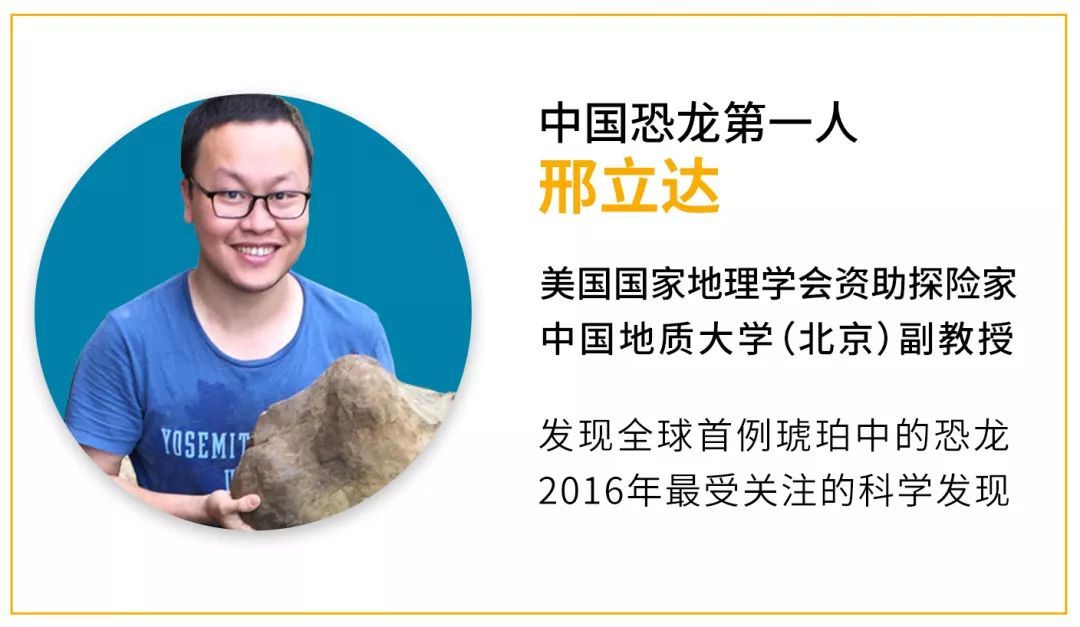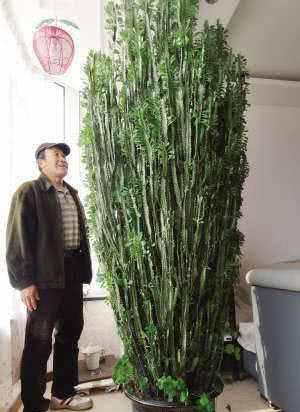What's the experience of digging dinosaurs? For example, can you lick dinosaur fossils?

What does paleontological excavation look like? You may be curious about this. Today, Calendar Niang invited Xing Lida, a paleontologist and author of the species calendar, to share the experience of a dinosaur discovery that had the greatest impact on him.
In 2010, as a doctoral student in paleontology enrolled in winter, I joined the dinosaur expedition of the University of Alberta in Canada. Our destination is the Edmonton fossil site, where Albertosaurus tyrannosaurus, Saurornitholestes of Tyrannosaurus rex, Edmontosaurus and Ctenosaurus pectiniferus have been found.
Albertosaurus fossils found at the Edmonton fossil site with duck-billed dragons at its feet. Photo: Xing Lida
Before setting out for the inspection, we should first collect the geological and paleontological literature of the destination, be familiar with the research results of our predecessors, and do solid homework. After that, fill up the pick-up truck with gas, put on a small rucksack, and we set out!
Q1. To dig for dinosaurs, what's in the little rucksack?
Field notebooks, cameras, GPS, maps, geological maps, compass; goggles, gloves; picks, hammers, chisels, ESTWING professional geological hammers (pointed and flat) for rough excavation; brushes for fine excavation, knives (sharp and flat), dental picks, Vinac (a protective agent), straws.
Edmonton's digging is not a straight line digging forward, but choosing to start at different points. In this way, we can have a better understanding of the abundance of fossils in the bone bed. We started with the fossil pit of the previous year, and a few days ago we were busy removing the soil above the fossil layer. Digging down from the covered soil, passing through the site of plant roots, you will reach a gravel layer about 1 meter thick, at which time there are already sporadic fossils.
Our expedition team worked on the bone bed at the fossil site. Photo: Xing Lida
"Oh, my God!" While cleaning up, I was accidentally shaken by a small piece of sparkling fossil in front of me. When I started to look at it, it turned out to be the small teeth of a carnivorous dragon. The key to distinguishing the carnivorous dragon's teeth lies in its machete-shaped shape and dense serrated edges.
Q2. Is there any simple way to identify fossils?
I'll teach you three tricks.
1. Shape. Fossils should have the shape of bones and lines of blood vessels, while stones do not.
two。 Smell. Lick the cross section of the stone with your tongue. If it tastes bitter and a little sticky, it is a fossil.
3. Color. Most stones are lighter in color than fossils.
When dinosaur fossils begin to be exposed to the ground, we first have to judge by where they are buried: whether the fossils in front of us are local pieces of debris, or maybe the tip of the iceberg with complete bones.
After setting the target, they began to clean up the floating soil around the fossils, and even had to "drop to the ground" when they were near the fossils, carefully approaching the fossils with the help of brushes and picks, and constantly sprinkling them with Vinac to prevent fossils from crumbling.
Edmontosaurus's intestinal bones and dorsal vertebrae (left), my classmates are wrapping them in plaster (right). Photo: Xing Lida
After entering the fossil layer, there will be concentrated discovery of the vertebral body at the beginning. When the fossil group is exposed to a certain scale and the excavation comes to an end, the important task at this time is to draw a burial map with a grid board-the fossils are located, outlines, and specific bones and numbers are indicated. After numbering, the small fossils can be taken out, and after simple cleaning, the numbers are written down on the fossils with a marker; the large fossils are wrapped in linen and plaster and then safely transported back to the fossil repair room.
Trimming fossils in the fossil repair room. Photo: Xing Lida
Q3. Should we pay attention to time and place in searching for fossils?
That's for sure. First of all, we have to go to the collection site. Generally speaking, it is easier to find fossils in places with little vegetation, such as cliffs, gullies, hillsides and deserts.
Secondly, we should make use of the opportunities created by some natural factors. Such as the Gobi Desert after the storm and the hills after heavy rain.
The fossil excavation is over, and then the work will be left to the fossil repair room and paleontologists.
Edmonton is already the only city in the world with dinosaur fossilized bone beds in urban areas, but it is still difficult and slim for ordinary people to experience paleontological excavations there.
If you are curious about paleontology, especially dinosaurs, you might as well choose a joint production by the author and paleontologist teacher Xing Lida.
Advertising
Dinosaur time machine
Fossil excavation experience toy
Three-layer geological model
It's fun to do it yourself.
9 highly simulated fossils
Take you through 250 million years
Does it look like a real excavation site? It's more than that!
3 real-time interactive online science classes
Children can also start on a zero basis.
Complete the "excavation" work under the leadership of the teacher
AR interactive experience
More interesting and more interesting.
A box of exquisite packing
It's decent to give gifts.
"
This product participates in the summer special discount.
300 minus 50!
Remember to get the coupon before you buy.
- Prev

This kind of keel 3 meters high is very suitable for home potted plants, but everyone says it is better not to raise it.
Today's potted plants, not only for the pursuit of beauty, but also to pursue the collocation of home, but also to pursue the practicality of life, but also need to pursue its moral, although sometimes the moral is also more superstitious, but sometimes.
- Next

More powerful than the immortal beast. This is the camel behind the Inca empire.
The Inca civilization, the Mayan civilization and the Aztec civilization are also known as the three major American civilizations. After years of battles, the Incas established the largest pre-Columbian empire in America in the Andes, with Cusco as its capital.
Related
- Wuhan Hospital Iron Tree Blooming Result Was Instantly Frightened by the Gardener Master
- Which variety of camellia is the most fragrant and best? Which one do you like best?
- What is the small blue coat, the breeding methods and matters needing attention of the succulent plant
- Dormancy time and maintenance management of succulent plants during dormancy
- Minas succulent how to raise, Minas succulent plant pictures
- What are the varieties of winter succulent plants
- How to raise succulent plants in twelve rolls? let's take a look at some experience of breeding twelve rolls.
- Attention should be paid to water control for succulent plants during dormant period (winter and summer)
- Watering experience of twelve rolls of succulent plants
- Techniques for fertilizing succulent plants. An article will let you know how to fertilize succulent plants.

